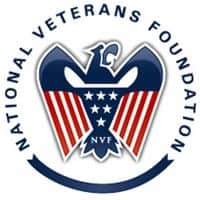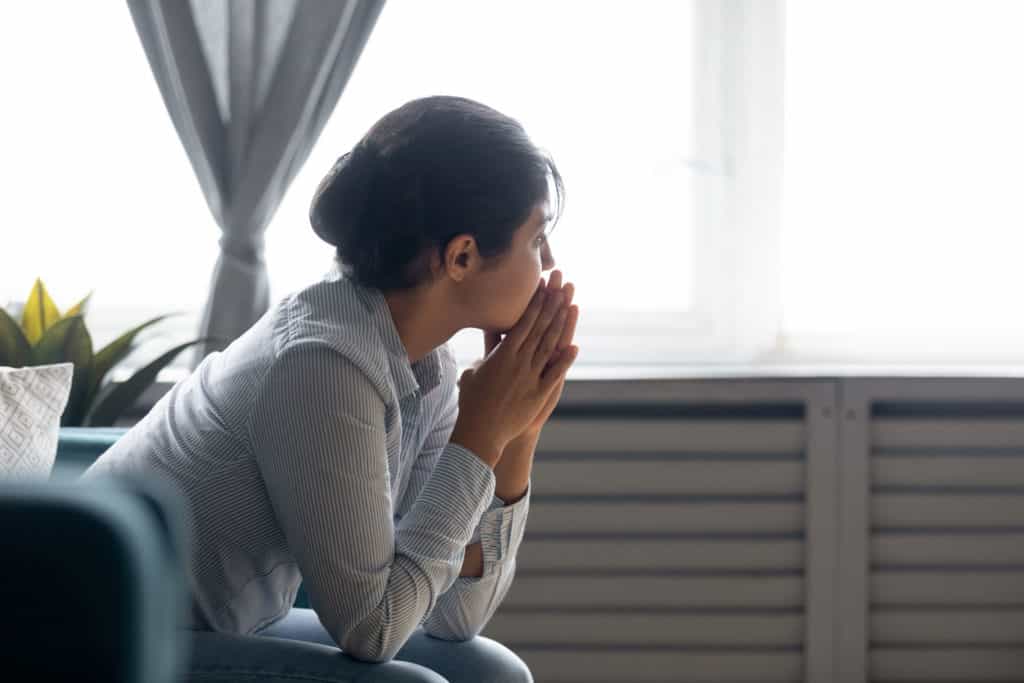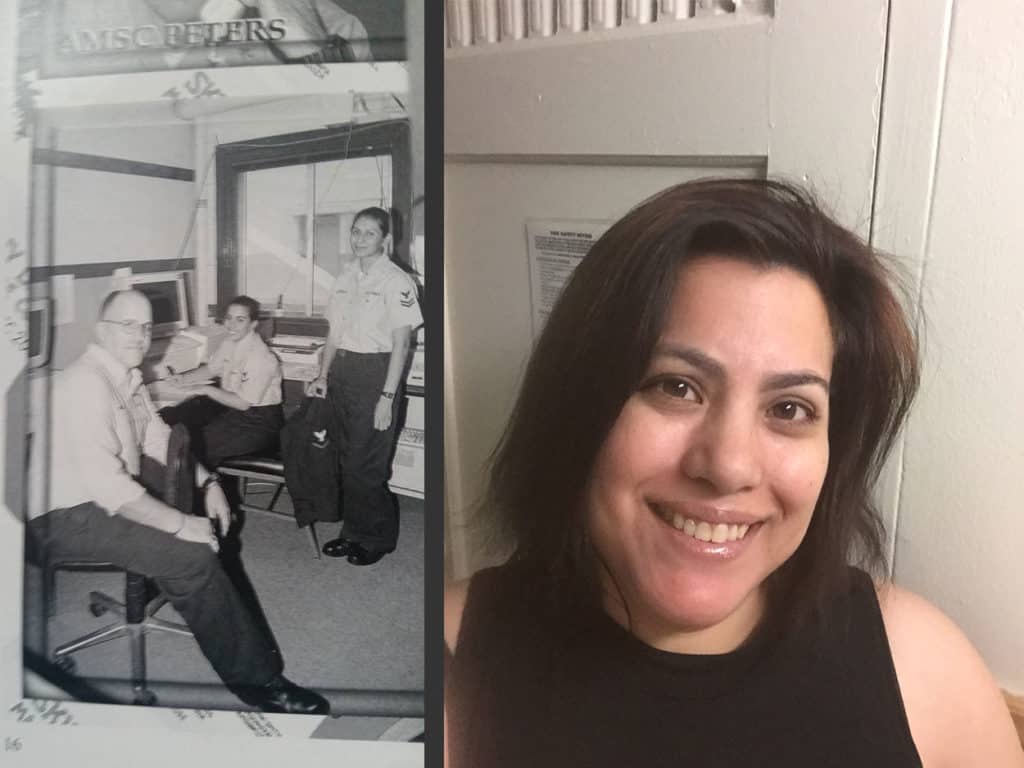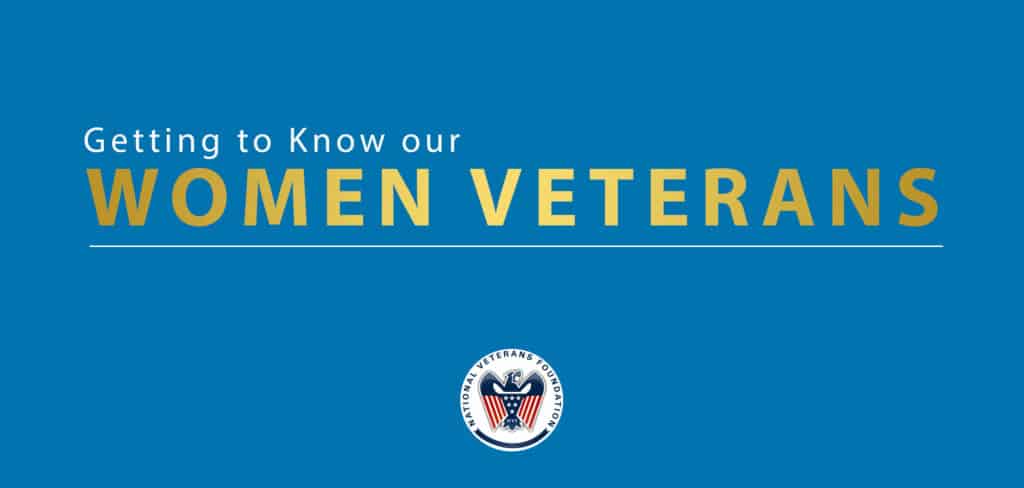What are the Biggest Obstacles Female Veterans Face in America?
Even though the current percentage of United States Veterans that are women is 10 percent, female veterans are often overlooked.
These brave women tend to fall through the cracks of the support systems that we have put in place for our veterans. The support system for veterans was designed by and is still dominated by men. The mental, physical, and military service needs of women are often very different from those of male veterans.
A study performed by the Disabled American Veterans found that the organizations and government agencies in charge of providing support for female veterans usually fail to understand the unique needs that women may have after being in the service and going through deployments.
With more women than ever joining the military and taking part in combat missions overseas, this misunderstanding is concerning for women Vets.
Deputy National Legislative Director for DAV, Joy J. Ilem, explained that “The number of women veterans is growing, and our country is simply not doing enough to meet their health, social, and economic needs.”
Vital Healthcare Services and Screenings for Female Veterans are Lacking
The DoD and the VA still fall short of providing equitable health care services to all veterans. There are few, if any, gender specific care guidelines and services that are necessary for women such as breast and cervical cancer screenings. Policies must be changed and improved on so that women who serve are not left behind once they return home.
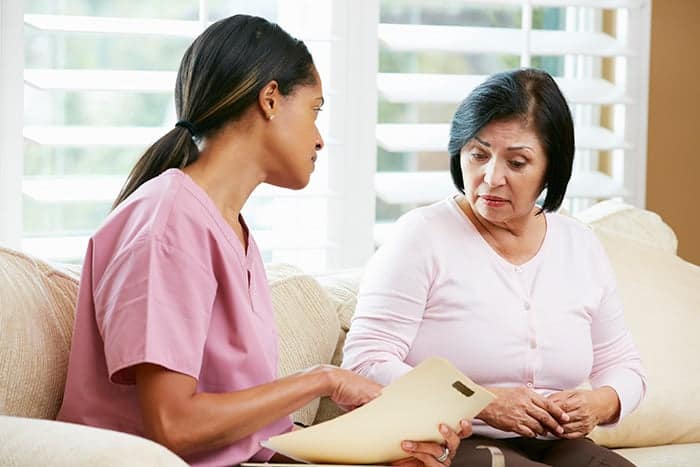
Since 2002 the VA has seen an 80 percent increase in female veterans seeking treatment and assistance. Many VA facilities and military medical care providers cannot even provide basic medical services for women though, such as prenatal care or gynecological care. Some facilities even outsource mammograms for women in the military.
Military Sexual Trauma Help and Treatment is Not Always Available
Military sexual trauma (MST) can cause female veterans to suffer from PTSD and other mental health issues related to military service. In spite of the fact that between 15 percent and 20 percent of women who served will be positive for MST screening only 7 in 10 CBOCs and VA medical centers in the USA can offer adequate treatment and support to women who have experienced MST.
As more women serve in the military, the rates of PTSD in women veterans continue to keep pace with male statistics. Although some of it is caused by combat or related stress, the effects of Military Sexual Trauma (MST) have an outsized effect on women.
From our article: Focusing on a Solution for PTSD in Women Veterans. Click here to read the complete article.
Gender-Specific Treatments for Mental Health Disorders are Still Missing
Female veterans deployed overseas experience mental health disorders just like male veterans do, yet government and military organizations and agencies find it difficult to provide peer support or group therapy that is gender-specific. There are also fewer opportunities for women who served to access specialized mental health care on an inpatient basis that are suitable for female needs and preferences.
Gender Differences in Treatment for Disabilities
Another area where female veterans are not provided equal and adequate treatment after their service is in treatment for disabilities. Many women lose one or more limbs just like male veterans do, however prosthetic devices, support, and medical care for these injuries are based on male physiology. Women tend to have smaller arms and shoulders, with wider hips and legs than male counterparts.
Prosthetics used for women tend to fit improperly because of the physical differences between the genders. This can create many hardships, and cause considerable emotional distress as well as problems with confidence and self-esteem for female veterans. While customized prosthetics for women are available on the private market they are generally not offered by government agencies.
Unemployment and Homelessness are Also Obstacles for Women who have Served
Since 9/11 female veterans who have served in the US military tend to have a higher rate of unemployment than male veterans, and even higher than women who have not served in the military. In some cases mental or physical problems related to their service prevent women from finding employment or holding don a steady full-time job.
Homelessness is another area where our female veterans struggle more than males. Since 2006, the number of women veterans who are homeless has more than doubled. Often these veterans are single parents, with children who are impacted by the lack of available services for females. Veterans who are women tend to have a higher rate of unemployment than men who have the same issues.
Our female veterans deserve better when they come home. They deserve the same treatment opportunities and care that is gender-specific. Trying to tailor medical and mental health treatments designed for men to work with women is not an option. Systems must be designed so that women who serve are properly cared for in every aspect, with gender-specific treatment options and devices.
Make a difference in a woman vet’s life. We are veterans helping veterans.
You can be a part of our mission to help Veterans by making a tax-deductible donation!
About the Author
SUBSCRIBE TO OUR BLOG AND NEWS!
By submitting this form, you are granting: NATIONAL VETERANS FOUNDATION INC permission to email you. You may unsubscribe via the link found at the bottom of every email. (See our Email Privacy Policy for details.)
Related Posts
